Soothing and lush greenery of the mountains paired with the fragrance of damp earth marks as an end of the Monsoon and a beginning of the Autumn. Thanks to the showers of the last season. October turns out as a perfect month to surrender yourself in the landscapes of the Himalayas. Witness autumn’s spectacular colors by zipping through the verdant deciduous forests, water bodies, and lush green mountains complimenting the blue skies. There cannot be a better time for trekking the Himalayas than in the month of October. The beautiful shades of sky at dusk and dawn will be an icing on the cake of your trip.
Exciting Treks in October – Click Here to Explore!
To escape the monotony of everyday life, October hosts certain remarkable treks that will take all your worries at bay. So if you are wondering where to travel this autumn then we have amassed certain Himalayan treks in October that might bring pleasure to your soul.
Best Himalayan Treks in October

Everest Base Camp Trek
Everest Base Camp Trek (also known as EBC) gives you an opportunity to witness some of the highest mountain peaks on the planet including the highest of them all – Mt Everest, which is one of the many reasons it’s on every trekker’s Treks-to-do-list. Located inside the Sagarmatha National Park, the terrain, for the major part of the trek, is essentially a cold desert with very less vegetation of any kind. The commencement point of the trek is a small town called Lukla, which can be reached by taking a short (and adventurous) flight from Kathmandu. Although a rather long expedition, the trek offers plenty of magnificent attractions, apart from the base camp, like monasteries and suspension bridges.
About the ideal season, October happens to be one of the most preferred months to do the EBC trek. During this time the weather remains rather consistent and you will not have to worry too much about the biting cold nights and the travel delays. Now, contrary to what many people think, trekking to the EBC is not an extremely daunting task. In fact, anyone having a good level of fitness along with a couple of months of physical training can embark on this spectacular journey. Surely, hiking at such high altitudes, with less oxygen in the atmosphere, may challenge you to your limits but catching a glimpse of the highest summits in the world certainly makes it all worth the time and the effort.
Explore Everest Base Camp Trek

Pangarchulla Peak Trek
Relatively less popular than the other treks in the region, Pangarchulla Trek provides you with an out and out Himalayan trekking experience. Located inside the Nanda Devi National Park, the trek offers a challenging expedition to the 15000 ft high ridge summit. Joshimath/Auli serves as the major base camp for the trek and the entire expedition generally takes around five to six days of hiking. One of the several reasons this trek is preferred by a bunch of dedicated trekkers is the fact that they get to see some of the highest mountain peaks in the region such as Mana Peak (23,858 ft), Mt Kamet (25,446 ft) and Abi Gamin (24,130 ft) among others.
Now, April and May are generally considered the best months to do this trek, but plenty of trekkers prefer to hike in October as well. Although the weather in October is pretty cold and there are chances of heavy snowfall, it makes for an ideal Himalayan Winter Trek experience. About the difficulty level, yes it is a strenuous climb to the summit but there’s no reason why anyone carrying a decent trekking experience along with substantial physical training should not attempt to trek the Pangarchulla peak. Anyone who’s reached the summit will tell you that the view from the top is just indescribable. Also, this trek usually doesn’t host a flock of trekkers in October which enhances the overall trekking experience.
Explore Pangarchulla Peak Trek

Nag Tibba
One of the most underrated trail, Nag Tibba trek qualifies as one of the best weekend treks near Delhi. The trek offers some of the best camping sites, scenic routes and majestic panoramic views of the Gangotri group of peaks. The trek is perfectly suitable for beginners as it carries no possible threats in terms with AMS. A 2-day itinerary is enough to take in all the ambience this place has to offer. If you have couple of extra days then the “queen of hills” Mussoorie can be covered too.
Explore Exciting Treks in Uttarakhand
The trek embarks from a rocky ascend following with a trail of oaks and rhododendrons trees. Then at the nightfall, the camping scenarios are blessed with a view of towering peak. Also the clear sky embroidered with billions of sparkling diamonds sparks beauty. The Nag Tibba (Serpent’s peak) trek goes up till a temple devoted to the serpent god, and from there a small hike to the climax of the trek reveals the magnificent vista of the Gangotri group of mountain peaks.
Explore Nag Tibba trek

Har ki Doon
Hidden in the Gharwal Himalayas, Har ki doon trek is also known as the hanging valley as the striking beauty of this trek captivates anyone visiting this colorful gorge. Also, known as the valley of gods as the Pandavas in Mahabharata took the stairway to heaven through this route. Alpine forests adorned with the rich diversity of flora and fauna is the best part about this trek. Since a wide-variety of plants and animals thrive in this region, one might spot animals like Black bears, wild boars, languor family, Barasingha, and etc.
Explore Popular Treks in Garhwal Himalayas
Har ki doon’s simple lifestyle has not been affected by the rising modernism in any way. The unspoiled forests, and the valley offers a blissful experience for nature lovers, bird watchers and shutterbugs. The beauty of this place will entice you but also the simplicity will urge you to build a house and live here forever. Learning about their day to day activities will keep you closer to the valley and its people. While on the trek you will witness various horses and cows grazing on the vast meadow. Camping at Har ki Doon is also a must-do thing! Rest and sleep within a pristine region of vast alpine meadows to fulfill your checklist. If you are looking for best treks in October, Har Ki doon is just phenomenal in terms of divine beauty.
Explore Har ki doon trek

Kedarkantha
A Trekkers delight and a paradise in autumn for every adventurer who loves to visit sparsely-crowded places. Since Kedarkantha trek is widely famous for a winter trek, October is the best month to take this trek if you want to avoid crowd.
Also, during this month the panoramic view of the mountains is unhampered by the clouds. Loaded with breath-taking vistas of Mt. Swargrohini accompanied with the scenic trail of Kedarkantha, the trekking route seems to come straight from a canvas painting.
On your trek, you will also come across myriad species of flowers blooming throughout the trail giving a feeling of new-life to the trekker. The togetherness of nature offers such a fabulous view that it will keep your amazement constant throughout the trek. The hill is also famous for various Shiva temple, as the word Kedarkantha means Shiva throat. Devotees trek this hill in order to find solace within the tranquility of Shiva’s abode.
Explore Kedarkantha trek

Goechala
When we converse about the Goechala trek, it beats all of the most winsome treks in Sikkim. You don’t only see one summit — the Kanchenjunga, but also numerous big summits, all standing strong adjacent or opposite to each other. Yet, to see the gigantic mountains you need clear views. It is only in Oct-Nov when the fog is out of the way, you get the best views. The mountains cut-throat sharp peaks whereas the sunrises and sunsets sparks mind-boggling beauty. The rainy season brushes away all the dust and dirt. Then the dramatic and colorful flora of the region adds a kaleidoscopic charisma to the trek.
The dawn are so poetic that when the first shaft of sunlight fall on the silver peaks it turns sublime. The clear-cut shots of snow clad mountains will ensnare you instantly. Mt. Khangchendzonga, Mt. Pandin, Frey’s peak, Mt. Koktang, Mt. Rathong, the Kabru family of peaks, Mt. Tien Chenkhang, and Mt. Jopuno are all spot on in the month September and October. You might get little patches of snow on the route, however, there are negligible chances of the downpour or snowfall. The weather will be pleasant throughout during this month.
Explore Goechala trek

Beas Kund
As the name indicates, the hike is to the Beas Kund where you can see the origin of the river Beas. But, what makes it more interesting than any other trek? One can see glacier melting away into a tiny brook which then takes the shape of a robust river, the Beas.
It’s not the view of the mountains or river that makes this trek a winner among the other ones. It is the crooked trail and cobblestone pathways that gives you a feeling of absolute bliss. Suitable for beginners and can be easily completed within three days make this trek perfect for people who are longing for a minication.
The best time to traverse this trek is the month of May to October. As during this time the temperatures are ideal enough to hike and also one gets outstanding display of Mother Nature. One of the most popular treks from Manali, the Beas Kund trek offers laid-back mountains, meadows, pristine air and the whispers of whistling river. Such is the gorgeousness of the Beas Kund trek!
Explore Beas Kund trek

Sandakphu
Amassed with joy for trekkers, Sandakphu offers encompassing perspectives of the strong Himalayas including four of the most astounding crests on the planet Kanchenzongda, Everest, Lhotse and Makalu. Situated in North West of Darjeeling at a height of 11,900 feet, Sandakphu is the most astounding pinnacle of West Bengal State. The trek has everything a trekker wishes for. So if you are fond of Hiking and haven’t done this trek yet, you are missing something.
The sublime feeling of strolling through the forest of rhododendrons, mammoth magnolias, and extensive variety of stunning orchids is something that you will never forget. The trekking course passes through Shilgalila National Park which adds another feather to this trek. The national parks boasts of certain rare species like Red Pandas and Pangolins and birds. The best time to do Sandakphu trek is either in May to June or in mid-August to October.
Explore Sandakphu trek
So hurry up, book a vacation for yourself to the best Himalayan treks in October and appreciate breathing the crisp air in the lap of nature, reviving your body, brain and soul.


























 As you keeping ascending, you will soon come across snow-patches. Further upward, the entire route will be drenched in snow. On Day 3, you will leave for the pristine snow trek to Chika, nestled in Hampta Valley. Make sure you have carried all the essentials as today will be a snow trek. You must carry your cameras as you will be passing through the lush green Kullu valley on one side and the stark opposite desert valley of Lahaul on the other.
As you keeping ascending, you will soon come across snow-patches. Further upward, the entire route will be drenched in snow. On Day 3, you will leave for the pristine snow trek to Chika, nestled in Hampta Valley. Make sure you have carried all the essentials as today will be a snow trek. You must carry your cameras as you will be passing through the lush green Kullu valley on one side and the stark opposite desert valley of Lahaul on the other.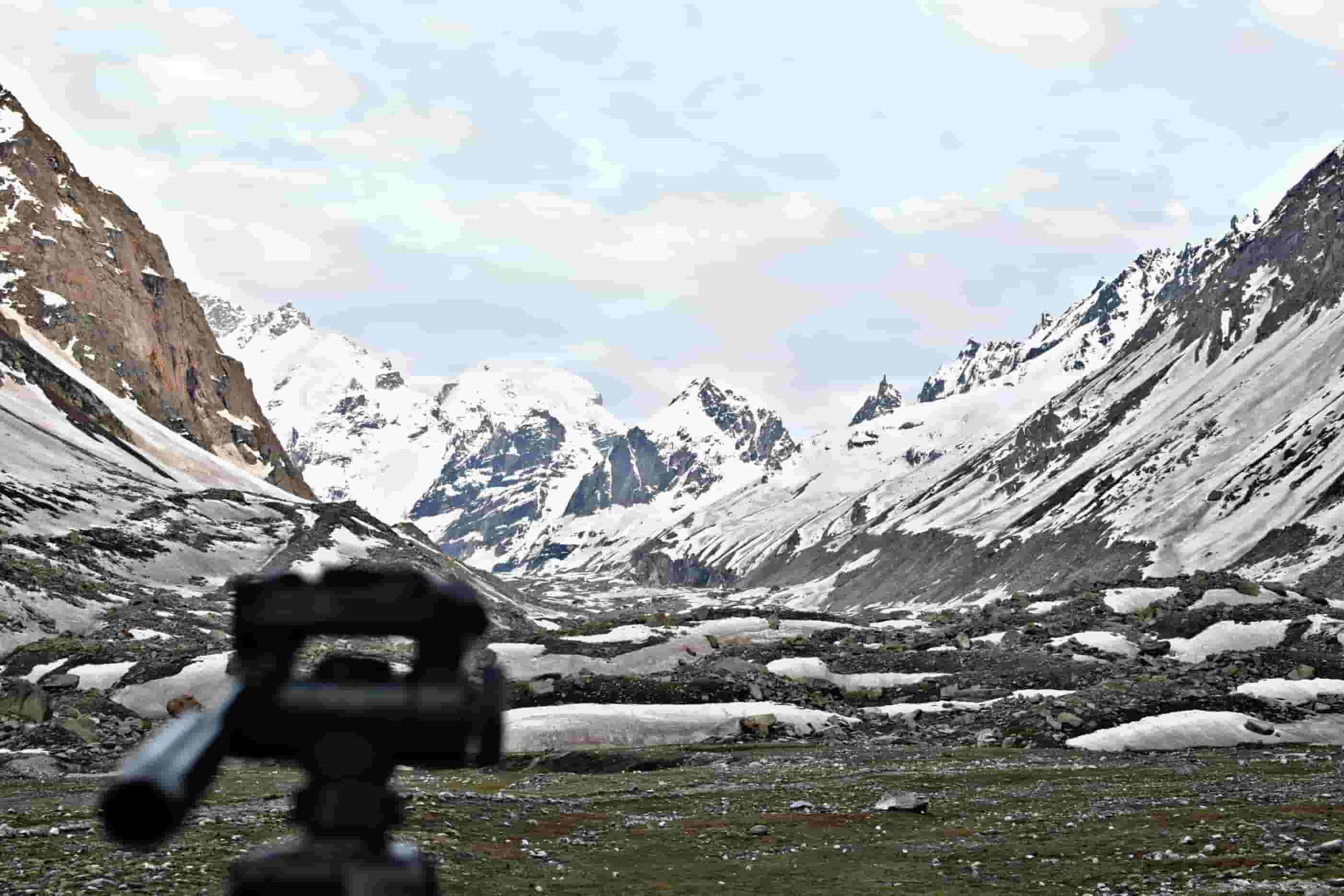
 Don’t forget to carry your cameras as the fascinating views of the snow drenched trail will be drop-dead gorgeous for your Instagram travel feed.
Don’t forget to carry your cameras as the fascinating views of the snow drenched trail will be drop-dead gorgeous for your Instagram travel feed. After the amazing trek, one tends to get all tired with legs paining inconsolably. And at this point of time, one just wishes to reach the campsite and relax by nature to rejuvenate oneself. The stunning camping scenes of the trek lured us so much that it ensnared us at one glance. Moreover, the night sky was so beautifully bejewelled with billions of stars, that by midnight we all were mesmerized by the little diamonds. If star-gazing is in your bucket list, you can check-off it here.
After the amazing trek, one tends to get all tired with legs paining inconsolably. And at this point of time, one just wishes to reach the campsite and relax by nature to rejuvenate oneself. The stunning camping scenes of the trek lured us so much that it ensnared us at one glance. Moreover, the night sky was so beautifully bejewelled with billions of stars, that by midnight we all were mesmerized by the little diamonds. If star-gazing is in your bucket list, you can check-off it here.
 The best part about the entire trek was the colourful campsites. If you are someone who loves living outdoors and has an admiration for nature’s galore, you must visit this place. I personally have a thing for picturesque campsites, it makes me feel alive and close to nature.
The best part about the entire trek was the colourful campsites. If you are someone who loves living outdoors and has an admiration for nature’s galore, you must visit this place. I personally have a thing for picturesque campsites, it makes me feel alive and close to nature.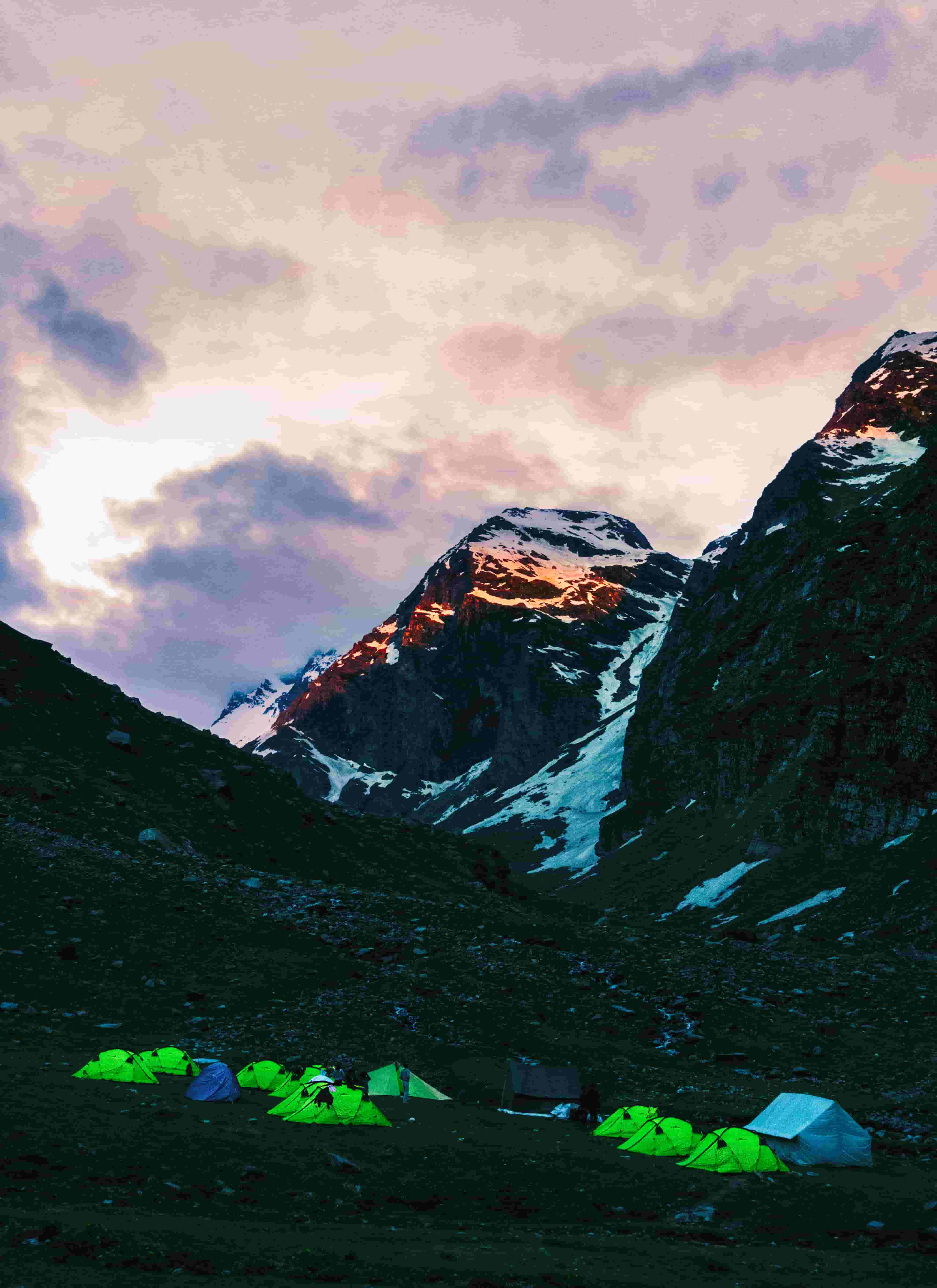











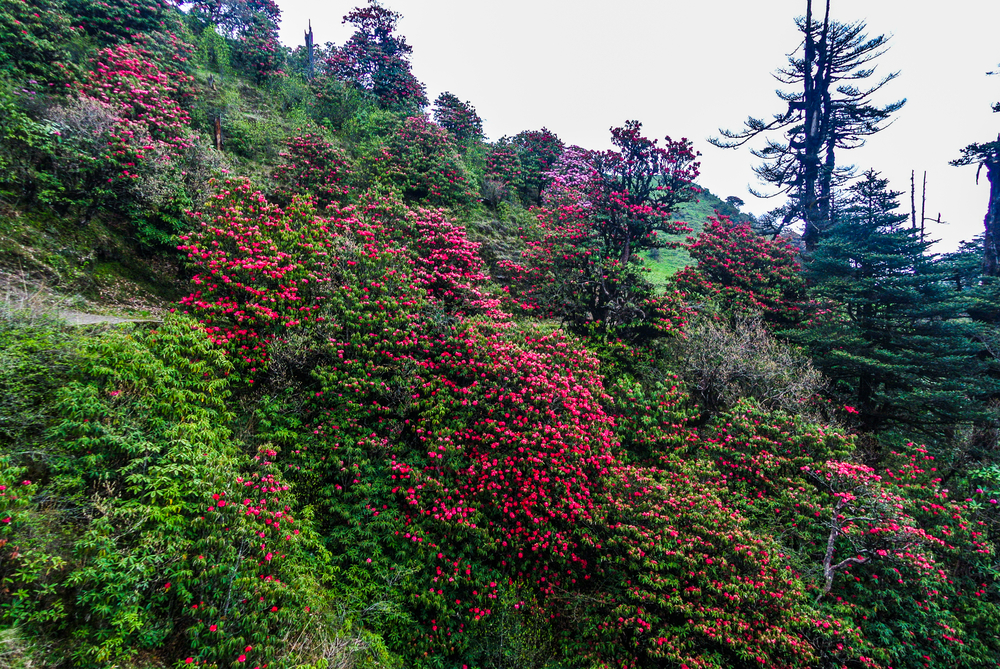


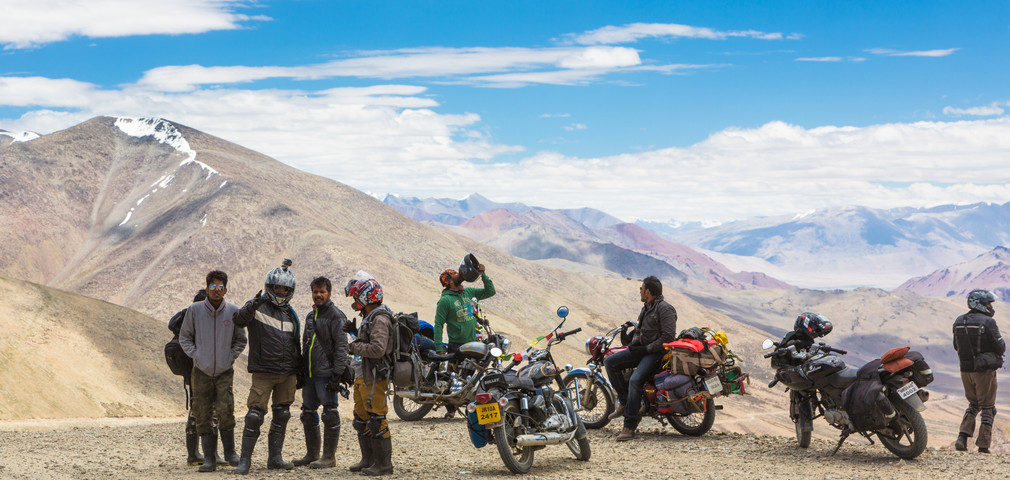
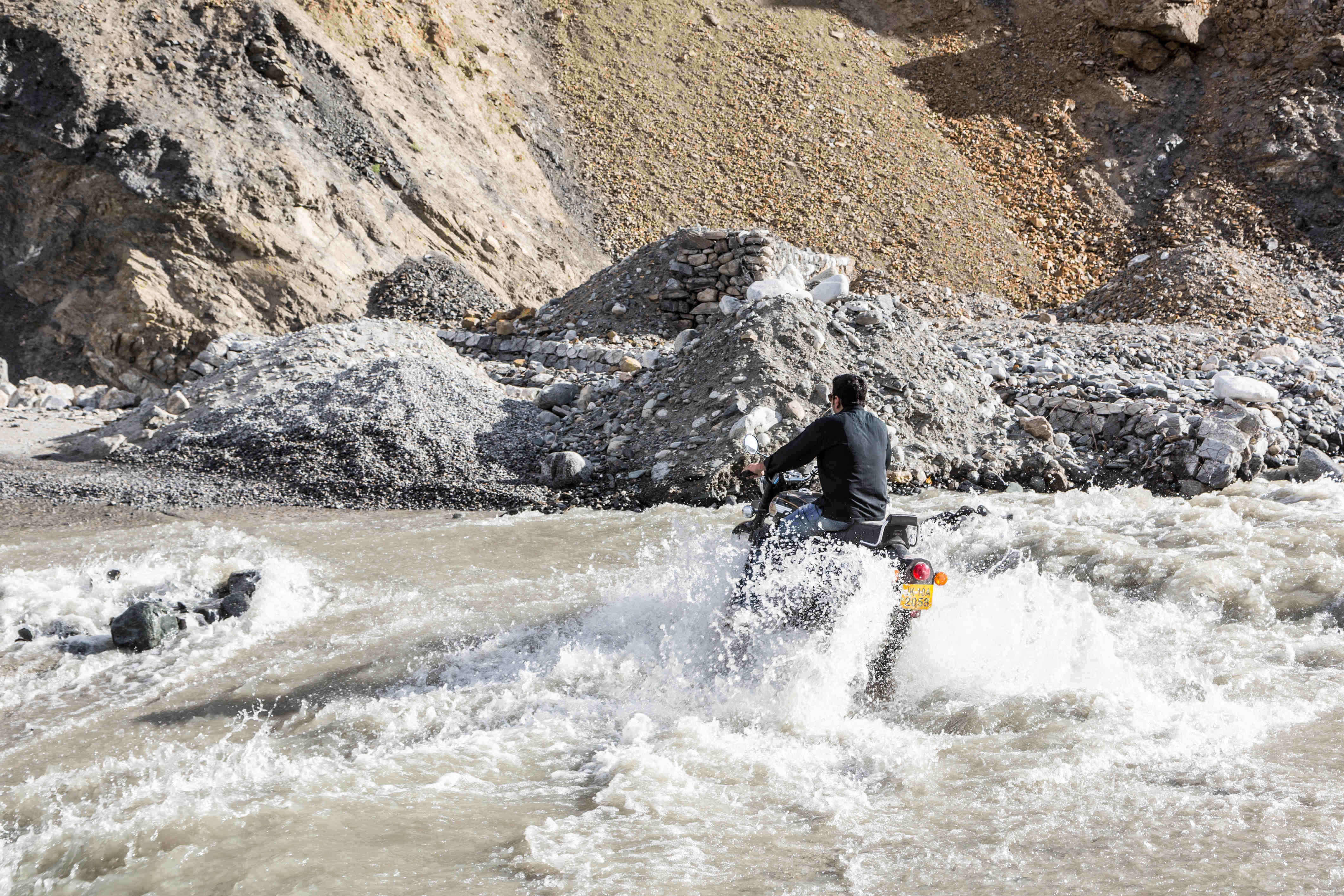

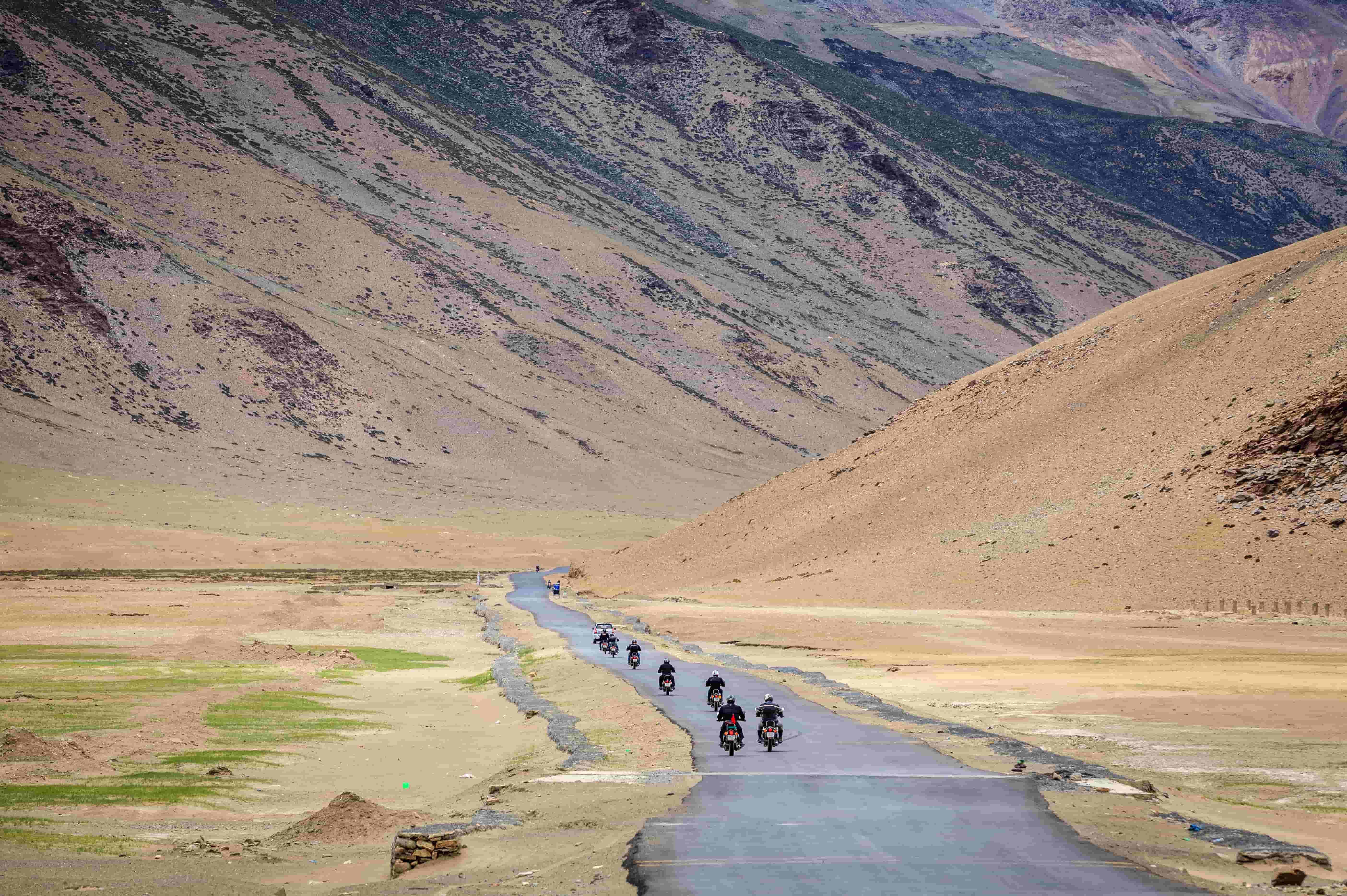







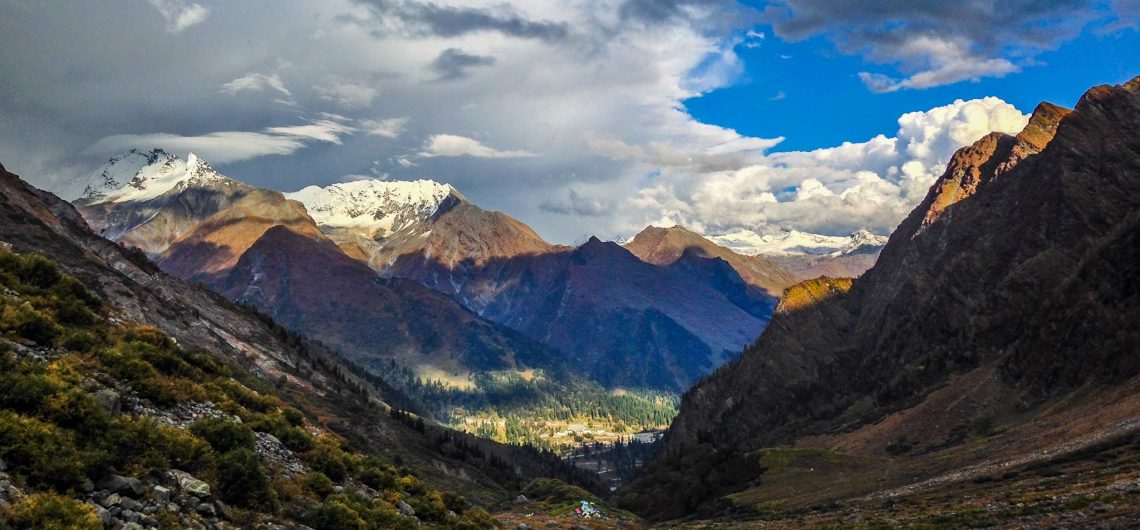

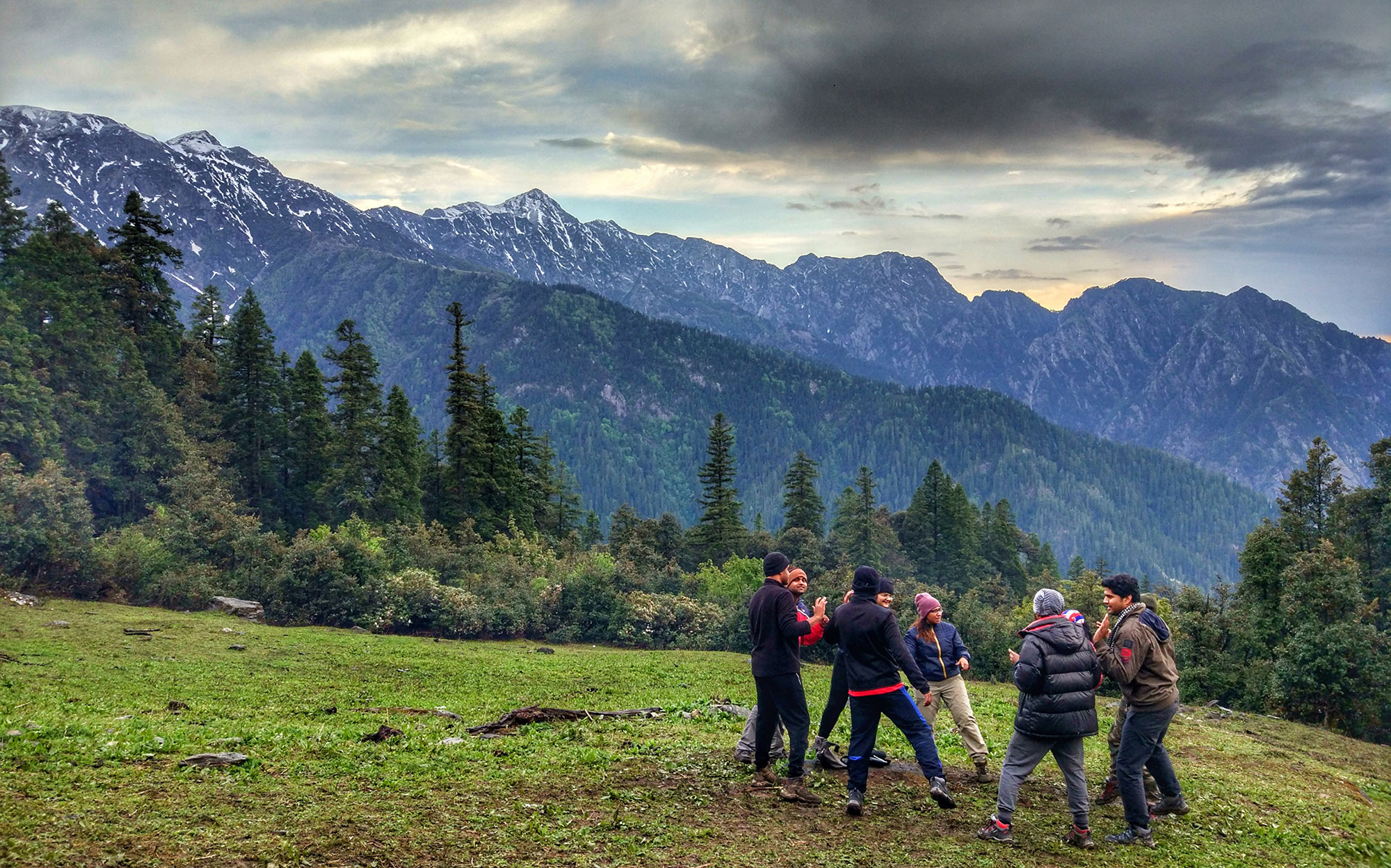







 With traditions dating back to Mahabharata era, Osla village can be reached by a trek to Har Ki Doon valley. People of this village worship the defamed character of Mahabharata, named Duryodhan. As per the theories, it is believed Duryodhan might have been a boon for these people during that era, hence the temple was built for him. Till date the villagers only preach to Duryodhan and no other god.
With traditions dating back to Mahabharata era, Osla village can be reached by a trek to Har Ki Doon valley. People of this village worship the defamed character of Mahabharata, named Duryodhan. As per the theories, it is believed Duryodhan might have been a boon for these people during that era, hence the temple was built for him. Till date the villagers only preach to Duryodhan and no other god. The attire of these villagers clearly depicts their attachment to their roots; traditions and customs. Most of the villagers earn their bread and butter through agriculture. They grow rajma, potato and rice for living while the others weave their own wool to make jackets and coats. You can buy from them directly as it will help them to earn more.
The attire of these villagers clearly depicts their attachment to their roots; traditions and customs. Most of the villagers earn their bread and butter through agriculture. They grow rajma, potato and rice for living while the others weave their own wool to make jackets and coats. You can buy from them directly as it will help them to earn more.
 When you trek from Osla to Sankri, you see varieties of trees, plants, animals and birds, this is due to its location in Govind Wildlife Sanctuary. Varied range of fauna like, Brown Bear, Musk Deer, Snow Cock, Golden Eagle, Koklas Pheasant, Bearded Vulture, Parakeets, and range of flora like Blue Poppy, Orchids, Lilies, Primulas, Potentillas and Anemonies can be found here which will definitely be a thrill for trekkers.
When you trek from Osla to Sankri, you see varieties of trees, plants, animals and birds, this is due to its location in Govind Wildlife Sanctuary. Varied range of fauna like, Brown Bear, Musk Deer, Snow Cock, Golden Eagle, Koklas Pheasant, Bearded Vulture, Parakeets, and range of flora like Blue Poppy, Orchids, Lilies, Primulas, Potentillas and Anemonies can be found here which will definitely be a thrill for trekkers. Did you know Pandavas from Mahabharata took the very same route to ascend to heaven via Mt Swargarohini, which also dominates the sky of Har Ki Doon valley! The mountain views on this trek is just stupendous, with Swargarohini – I, II, III, Bandarpoonch and Blackpeak. You can also see the Ruinsara peaks from here. To summarize it beautifully, no other trek steeped in mythology justifies the title of “Valley of Gods”.
Did you know Pandavas from Mahabharata took the very same route to ascend to heaven via Mt Swargarohini, which also dominates the sky of Har Ki Doon valley! The mountain views on this trek is just stupendous, with Swargarohini – I, II, III, Bandarpoonch and Blackpeak. You can also see the Ruinsara peaks from here. To summarize it beautifully, no other trek steeped in mythology justifies the title of “Valley of Gods”.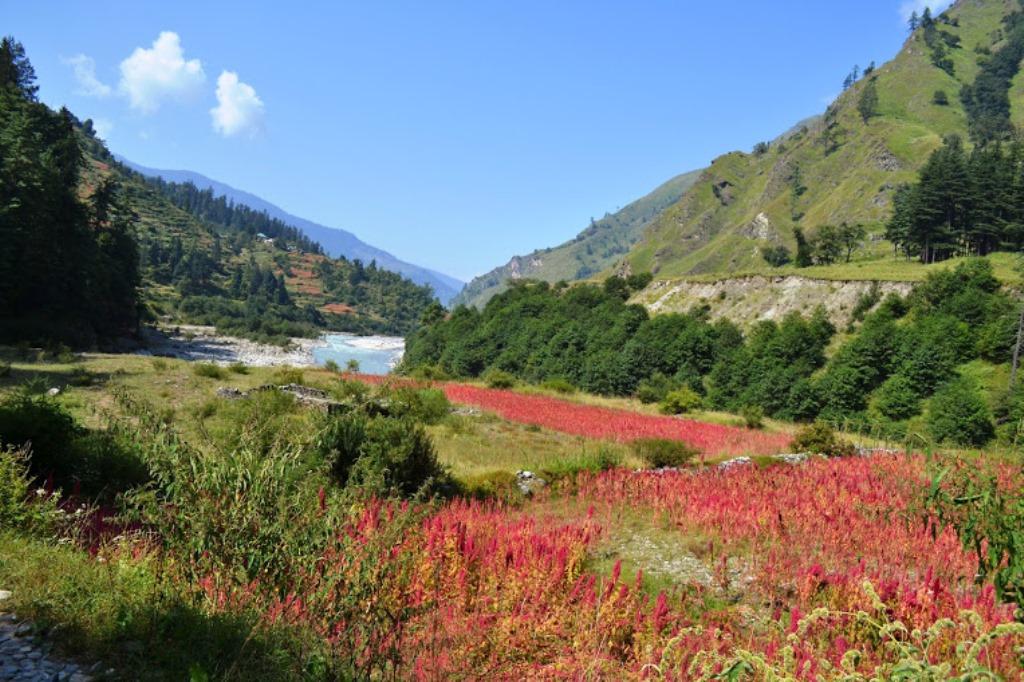


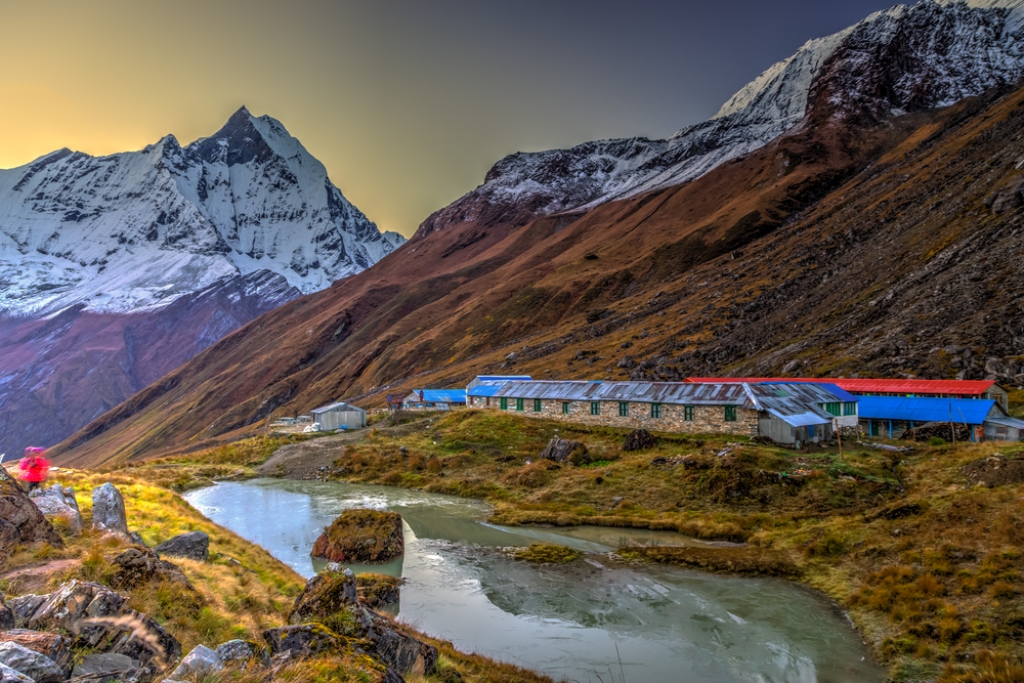









 As I entered the mystical land of Bhutan, it seemed the old traditions and customs were still preserved like the olden times. The unspoiled terrain made me wonder on the existence of such a place in this contemporary era. If you are in the mood for a road trip, here’s a tip –
As I entered the mystical land of Bhutan, it seemed the old traditions and customs were still preserved like the olden times. The unspoiled terrain made me wonder on the existence of such a place in this contemporary era. If you are in the mood for a road trip, here’s a tip – 


 The next morning, we left for the capital city of Bhutan, Thimpu, followed by Punakha the same day. The nation’s largest city, Thimphu boasts of city-like vibe laden with modern infrastructure and new-lined streets. After a bike check-up in the capital city, we zoomed towards the valley of Punakha. In the afternoon, after lunch, we hiked towards the Chimi Lhakhang monastery, also known as the temple of fertility. Impressed by the beauty of this nation, Bhutan’s hospitality radiate purity and peace. Now we know why it is called the Land of Happiness!
The next morning, we left for the capital city of Bhutan, Thimpu, followed by Punakha the same day. The nation’s largest city, Thimphu boasts of city-like vibe laden with modern infrastructure and new-lined streets. After a bike check-up in the capital city, we zoomed towards the valley of Punakha. In the afternoon, after lunch, we hiked towards the Chimi Lhakhang monastery, also known as the temple of fertility. Impressed by the beauty of this nation, Bhutan’s hospitality radiate purity and peace. Now we know why it is called the Land of Happiness! As soon as the morning unfolded, we drove around 80 km towards Phobijkha Valley post breakfast. The valley is quite famous for Trongsa Dzong, which is the largest Dzong Fortress of Bhutan. It played an important role during the 17th and 19th century in regards to the unity of the nation. Then we went to Ta Dzong, which has been converted into a museum. The wilderness of flora and fauna at the Phobijkha valley was phenomenal. As we rode towards the valley, we could see countless birds and animals on our way.
As soon as the morning unfolded, we drove around 80 km towards Phobijkha Valley post breakfast. The valley is quite famous for Trongsa Dzong, which is the largest Dzong Fortress of Bhutan. It played an important role during the 17th and 19th century in regards to the unity of the nation. Then we went to Ta Dzong, which has been converted into a museum. The wilderness of flora and fauna at the Phobijkha valley was phenomenal. As we rode towards the valley, we could see countless birds and animals on our way. Well, after taking this surreal road trip, there is one thing I can say – no blog, or for that matter even this blog, cannot describe the glory and the contentment the Kingdom of Bhutan offers. One has to take the Thunder Dragon Motorbike Tour to see what a gem of a place this country is and why everyone falls in love with this mystical land.
Well, after taking this surreal road trip, there is one thing I can say – no blog, or for that matter even this blog, cannot describe the glory and the contentment the Kingdom of Bhutan offers. One has to take the Thunder Dragon Motorbike Tour to see what a gem of a place this country is and why everyone falls in love with this mystical land.



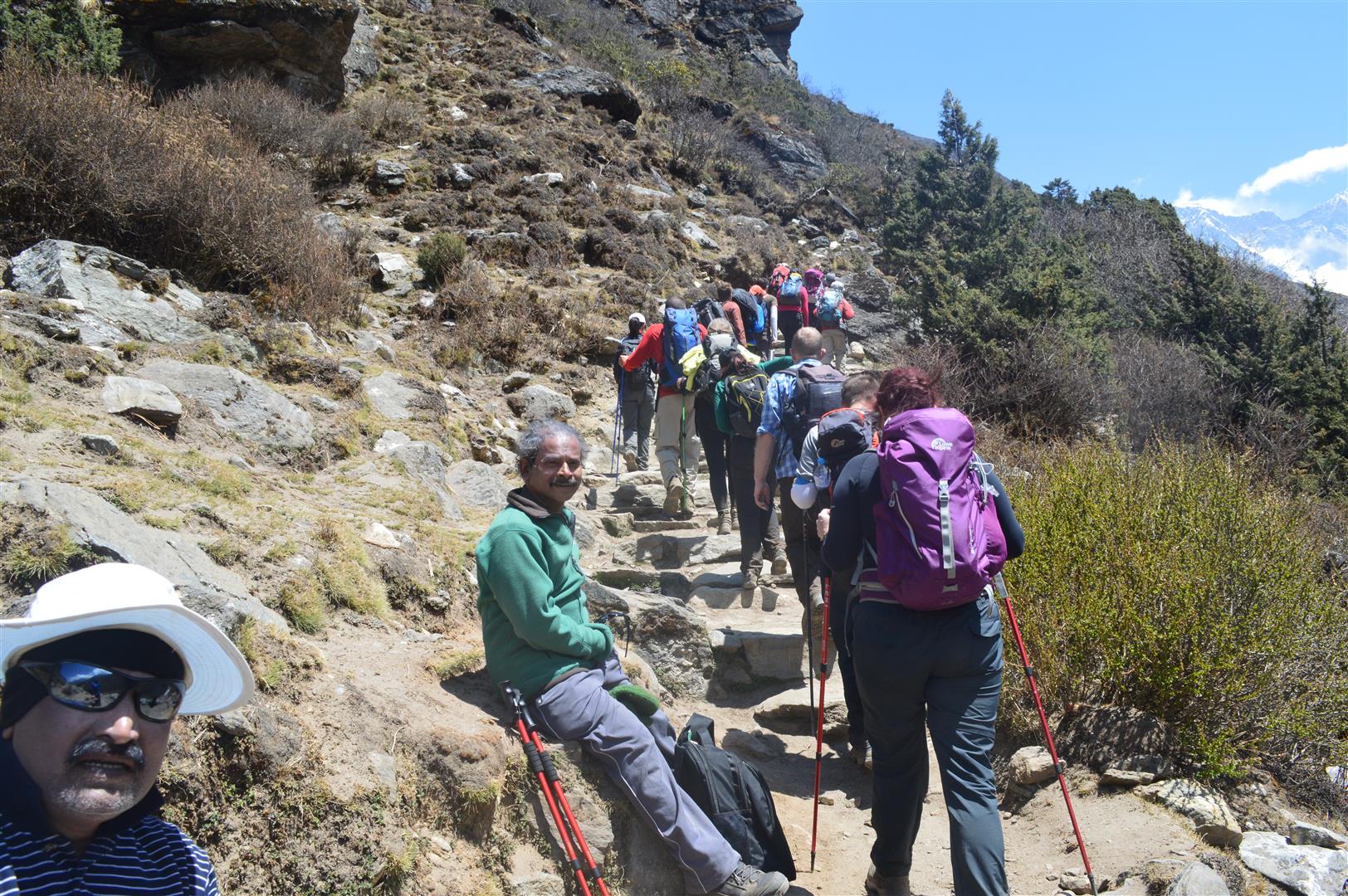













 An ultimate postcard location, Gulmarg looks so blissful in winters that you won’t be able to take your eyes off it. Snow settles so perfectly and delicately on the houses, meadows and trees that the entire city looks out of this world. Slide on the shimmering snow while taking in the entire perspective of the snow-covered Pir Panjal mountain range. This place experiences snowfall from December to March, so make your winters exhilarating. To better convince you, hit movies like Jab Tak Hai Jaan and Haider have been shot here, owing to its immense natural beauty.
An ultimate postcard location, Gulmarg looks so blissful in winters that you won’t be able to take your eyes off it. Snow settles so perfectly and delicately on the houses, meadows and trees that the entire city looks out of this world. Slide on the shimmering snow while taking in the entire perspective of the snow-covered Pir Panjal mountain range. This place experiences snowfall from December to March, so make your winters exhilarating. To better convince you, hit movies like Jab Tak Hai Jaan and Haider have been shot here, owing to its immense natural beauty.



